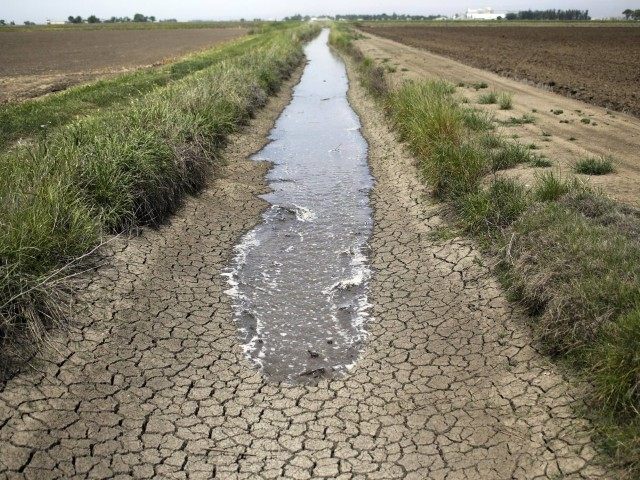Breitbart News reported in January that farmland prices were estimated to have fallen 3 percent, for their first fall since 1986. But the Chicago Federal Reserve just upped the decline to 8.9 percent, and “Grant’s Interest Rate Observer” warns that farmland is now in a long-term “bear market” with prices vulnerable to another 20-to-25 percent decline.
Until recently, U.S. farmland prices have been one of the best long-term investments on the planet with appreciation averaging of 5 percent per year since 1910. But despite being much more consistent winners than real estate, stocks, bonds and commodities by being up 85 of the last 100 years, when farm land prices fall, investors get hammered.
There have been only been two bear markets for farmland in the last century. The first ran from 1921 to the middle of the Great Depression in 1933. Farm prices plunged by 69 percent.
From 1934 to the 1980s, U.S. farmers’ world-leading crop yields and farm productivity drove farmland prices higher. But average U.S. farmland prices from 1981-86 plunged by 48 percent and suffered an even more severe 63 percent fall in the Midwest. The 1980s crash is blamed on Paul Volker and the Federal Reserve for cranking up interest rates, coupled with a period of unusually bountiful harvests that led to low food prices. The combination eviscerated farm income and caused widespread foreclosures.
During the era of rising globalization from 1987 to 2013, the demand volumes for U.S. farm products soared. As emerging market countries achieved economic growth, newly affluent populations demanded more meat, nuts and fresh fruit in their diets. As the world’s leader in exporting cattle and poultry, American grain farmers also enjoyed rapidly rising domestic demand.
With reported high appreciation and expanding cash rents, farmland from California, the Midwest and the South became what was touted as a “Low Risk and Higher Return Investment.” Much of the price gains were driven by Wall Street money managers pouring huge amounts of institutional pension fund cash into wide swaths of “permanent farmland” as an inflation hedge. According to Robert Schiller Yale of University, in a study titled, “Farmland Funds Top “Big 3 Investments”, farmland rose by 748 percent from 1982 to 2013.
Grant’s Interest Rate Observer warns that the institution investors for the last three decades have only been buying farmland at higher and higher prices. Now with farmland prices falling, those Wall Street investors that need cash will be selling into a market where the only liquidity can come from local farmers that have their own cash-flow problems.
Using the very low return on bonds as a comparison, Grant’s believes farmland prices will fall another 20-to-25 percent. But if interest rates ever go up quickly, farmland prices could suffer a collapse similar to the disastrous 1920s or 1980s.
Iowa economists say Midwest farmers will be lucky if they break even this year. Corn and soybean prices are being driven down due to spring planting conditions, which are likely to produce a record crop size next year. The cash price for corn delivered in Cedar Rapids has plummeted from an all-time-record high of $7.63 during the severe 2012 mid-west drought to $3.66 per bushel this week.
The U.S. Department of Agriculture documents that net American farm income after peaked at a record $129 billion in 2012; fell by 32 percent in 2013 to $108 billion; and in 2014 dropped another 27 percent to $73.6 billion, the lowest income since the 2009 financial crisis.
Iowa State University estimates that given current production costs, the break-even price point for corn production will be $4.45 per bushel. ISU warns that farmland lease-rates that highly debt-leveraged Wall Street investors rely on for cash flow will drop 10 percent this year.
David Oppedahl, senior economist at the Chicago Federal Reserve commented that for 2015, “Lower corn and soybean prices have been primary factors contributing to the drop in farmland values.” He warned “district farmland values seem headed lower.”
Grant’s Interest Rate Observer argues that farmers and Wall Street farmland investors seem to have run into what economists call a “Black Swan” of “flawless weather” for two growing seasons. With the Chicago Fed’s index of loan-repayments falling to the lowest level since 2002, and the index of loan-demand reached the highest level since 1994, Grant’s observes that the 8.9 percent decline in farmland values is likely to get worse.

COMMENTS
Please let us know if you're having issues with commenting.